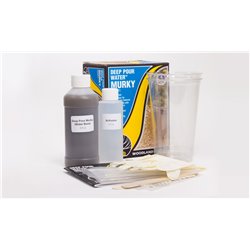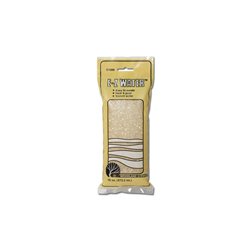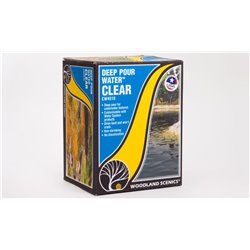When choosing a turnout or curve for your model railway, you may have noticed an 'arc' measurement alongside its...
No products
Product successfully added to your shopping cart
There are 0 items in your cart. There is 1 item in your cart.
Search Tips
Why is my river still tacky after a week?
It sounds like you are using a clear two-part casting resin, which although very smelly when mixing and setting, is a good medium for creating rivers.
I would say that when mixing the resin, not enough hardener went in.
You may be able to rectify this by making up some more resin with the correct amount of hardener and just go over the top of your river to form a crust, but ideally you should start again.
When creating a river, it is important to add it in shallow layers this will help the setting process and will also allow you to add paint effects and bits of debris which will give depth to the river.
Different manufacturers will have different ratios of resin to hardener, so it is important to always read the instructions.
Casting resin has always been the favourite of old modellers like me, mainly because there was nothing else on the market to compete.
Now there are manufacturers producing rivers in a bottle, no mixing! Simply pour and instant water, follow the instructions and build up slowly for that depth.
This is a great step forward in the world of modelling and a good way to save time and eliminate that pungent odour.
Click here to receive the tips weekly in your mailbox. You can unsubscribe at any time.










